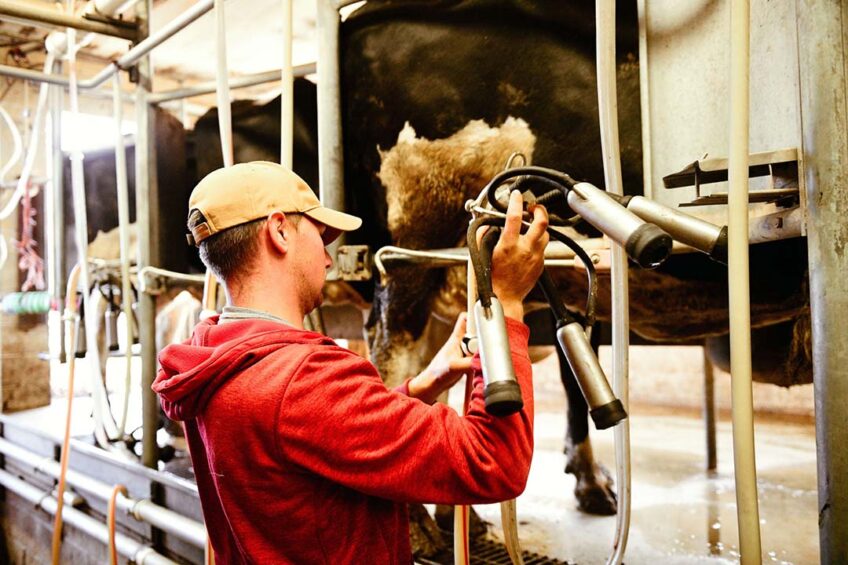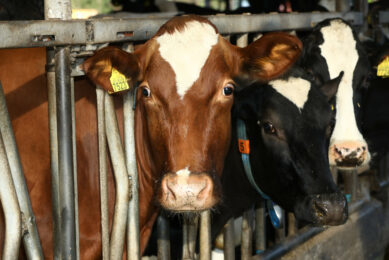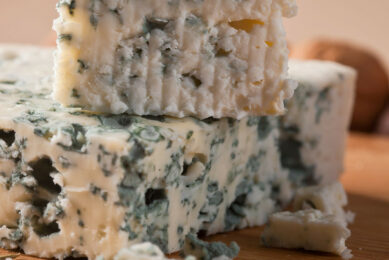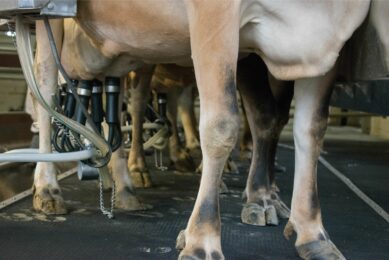2,400 German dairy farmers quit in 2023

By the end of 2023, Germany had 50,581 agricultural holdings with dairy cattle. That was some 2,400 (or 4.4%) less than in December 2022.
In 1 year, the number of dairy cows decreased by 2.5% to 3.7 million animals, the information centre for agriculture, BZL, reports. The decline in the German dairy herd, which started already 10 years ago, continued further, BZL adds. However, the annual milk yield per cow last year increased to 8,780 kg compared to 8,504 kg in 2022.
German dairy farmers are, like their colleagues in many other countries, confronted by a steady decline in the consumption of their products. Milk consumption in Germany last year reached a new low at 46 kg per head, another 1% less than the record low of 2022, according to BZL. Moreover, Germans bought and consumed 23.8 kg of cheese per head compared to 24.6 kg in the previous year, while the use of butter and milk fat went down by 1.4% to 5.56 kg per head.
The rather slow decline of the prices for milk and dairy products in the shops in combination with the growing sales of plant-based alternatives contributed to the further fall in dairy consumption, BZL says.
German cheese export record
The German dairy industry last year produced some 4.2 million tonnes of consumer milk, almost 1% down year-over-year. The country’s self-sufficiency rate for consumer milk remained more or less stable at 107%. The production of cheese increased from 2.64 million tonnes in 2022 to 2.66 million tonnes last year. In combination with the lower domestic consumption, the German cheese sector has been able to export a record quantity of 1.41 million tonnes, 6.6% more than in 2022 and the highest level since 1992, BZL says.
The production of butter and related products reached 480,500 tonnes, an increase of 1.8% but still significantly lower than the record 506,400 tonnes produced in 2020. The export of butter increased by 4.2% to 156,900 tonnes while at the same time Germany bought 10% less butter in other countries at 156,000 tonnes. Imports of butter are now some 20% lower than in 2021. With these numbers, the trade figures for butter in 2023 almost reached a balance for the first time.
The farmers union Deutscher Bauernverband fears the downward trends will continue this year. During the Milk Forum 2024 in Berlin, vice-president Karsten Schal commented: “This year, the number of dairy farms in Germany will for the very first time fall under 50,000. At the end of last year, the number of dairy cows was at the lowest level since the reunion of Germany. The whole sector is very worried about the transition plans. The recent situation in the milk business can all together be characterised by a lot of uncertainty. Even when the market is relatively calm, we are confronted by many challenges such as the ever higher demands for animal welfare and climate protection, the changing consumption habits of the customer and the unbearable bureaucratism.”
Join 13,000+ subscribers
Subscribe to our newsletter to stay updated about all the need-to-know content in the dairy sector, two times a week.










